Sushi Vs Sashimi: 7 Key Differences You Need to Know

Japanese cuisine prizes precision and balance, and sushi and sashimi are two of its most recognizable expressions. They often appear side by side, but they’re distinct: sushi combines seasoned vinegared rice with toppings that can be raw or cooked, while sashimi focuses entirely on expertly sliced raw fish or seafood. Both honor pristine ingredients, yet they’re enjoyed differently. Here’s how they compare, so ordering feels clear and confident next time.
1. The Role of Rice
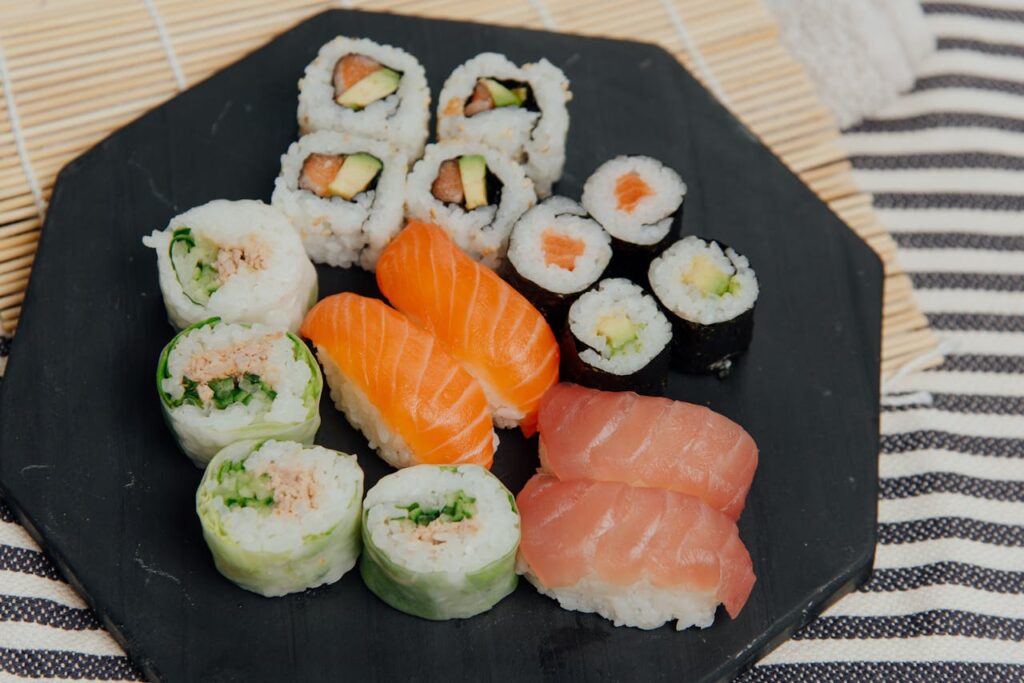
The defining feature of sushi is vinegared rice (shari), whose gentle tang complements fish and vegetables; the rice, not the fish, makes it sushi. Sashimi is served without rice and centers on the flavor and texture of the seafood itself. As a result, sushi tends to be more filling, while sashimi emphasizes purity and delicacy. Portion sizes vary, but if a lighter, carb‑conscious option is the goal, sashimi is typically the better fit.
2. Preparation Style
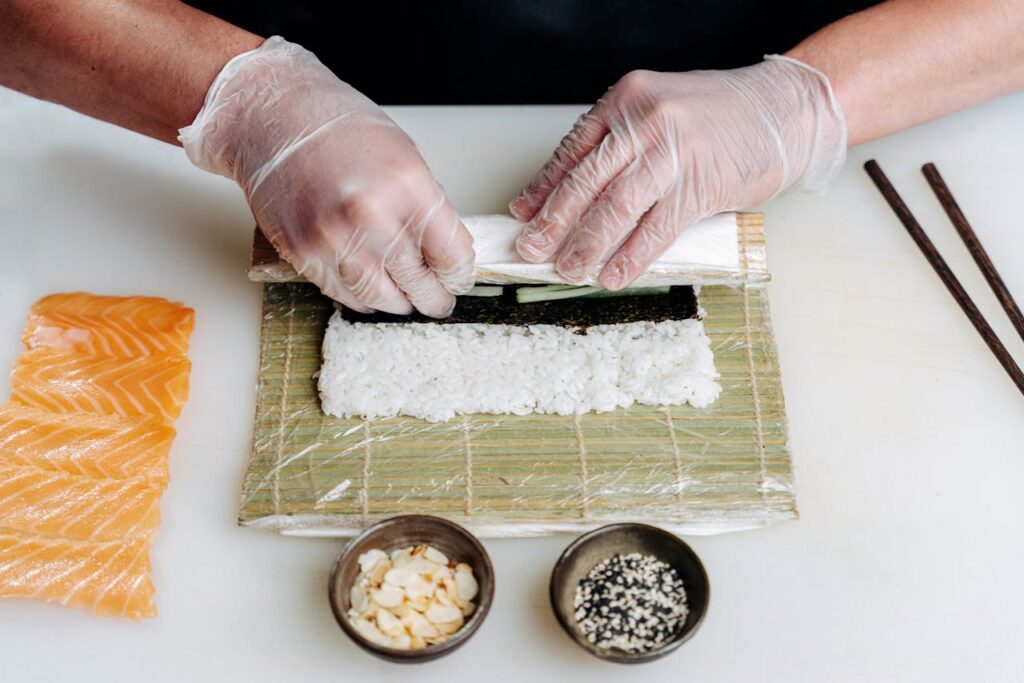
Sushi combines seasoned rice with toppings and often nori, shaped as rolls, pressed blocks, or hand‑formed pieces. Mastery of rice texture and temperature is essential. Sashimi is minimalist but exacting: chefs use specialized knives and precise cutting angles to optimize texture and taste. Both demand skill, but sushi highlights balance and structure, while sashimi showcases knife work and immaculate sourcing.
3. Ingredients Used
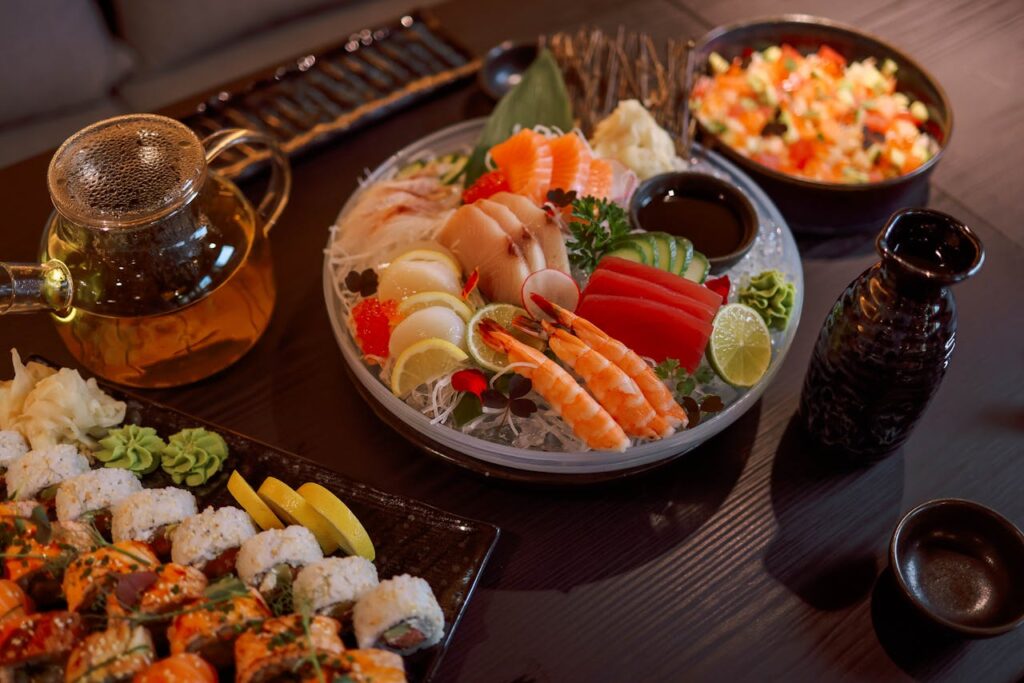
Sushi is highly versatile: beyond raw fish, it can feature cooked seafood (shrimp, eel, crab), vegetables, and tamago (Japanese omelet), with seared or marinated options as well. Sashimi sticks to raw seafood, commonly tuna, salmon, yellowtail, octopus, squid, or scallops, where freshness is paramount because nothing masks flavor. For those avoiding raw fish, sushi offers vegetarian or cooked pathways; sashimi does not.
4. Flavor Profile
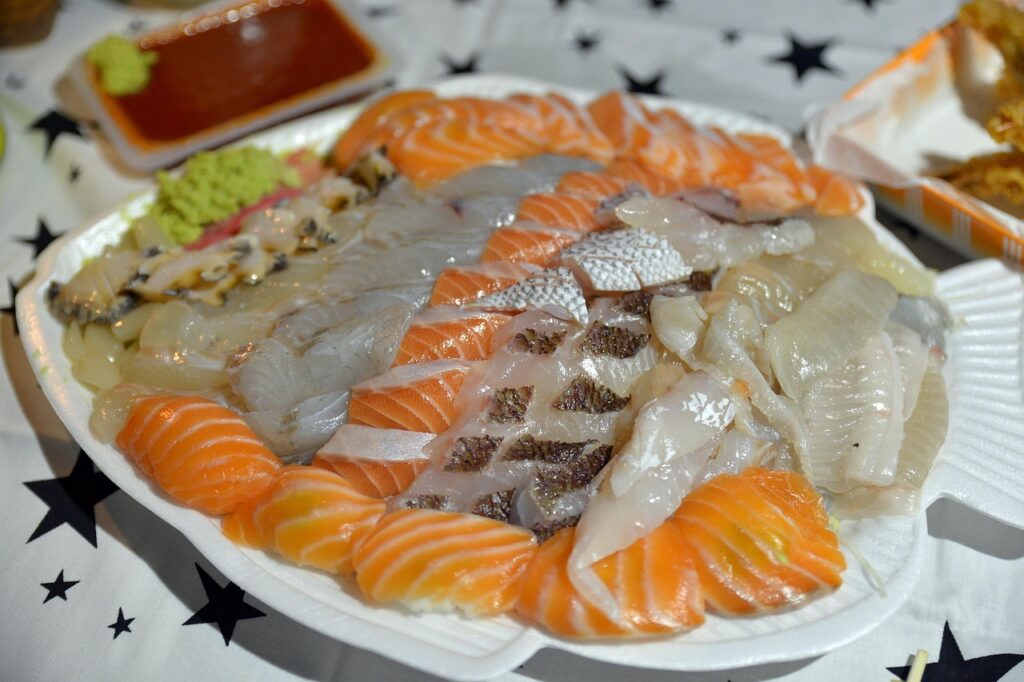
Sushi delivers layered flavors from seasoned rice, seaweed, and toppings, offering sweet, savory, tangy, and umami in one bite. In many traditions, a touch of wasabi is placed between rice and fish rather than mixed into soy. Sashimi offers a clean, unadorned expression of the seafood’s natural character, perhaps accented by soy and wasabi. Choose sushi for variety and composition; choose sashimi for focus and clarity.
5. How They’re Served
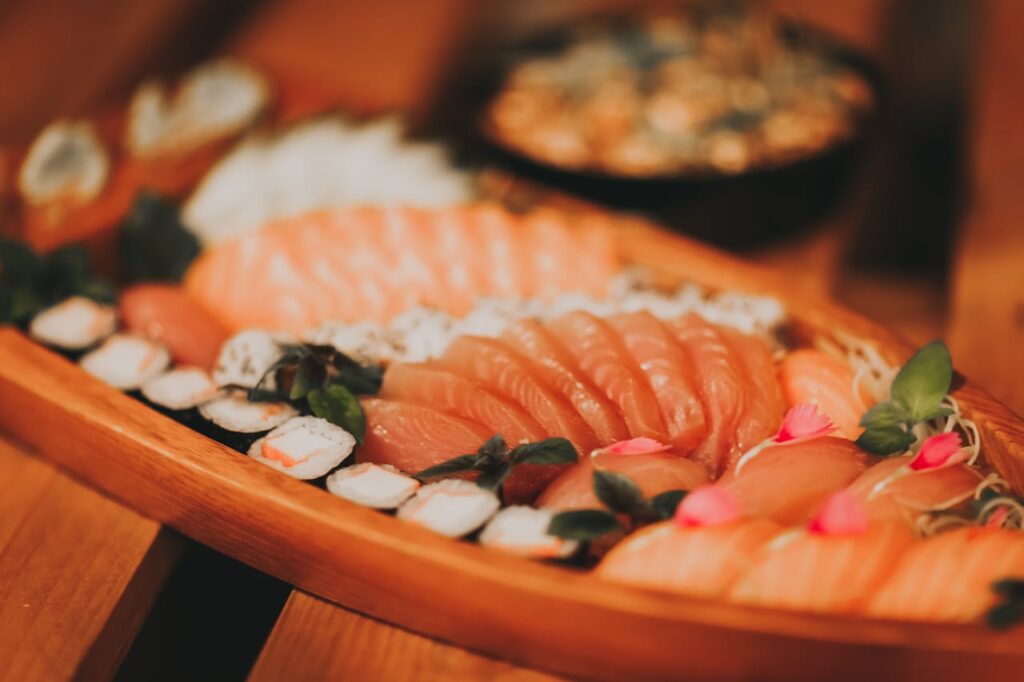
Sushi appears as rolls (maki), hand‑formed pieces (nigiri), or pressed styles, often with garnishes and served alongside pickled ginger. Sashimi is arranged as thin slices on a platter, typically with shredded daikon and shiso. While sashimi can be pricier per portion of fish, overall cost depends on fish type and quality for both. Presentation underscores the difference: sushi is built; sashimi is revealed.
6. Cultural Significance
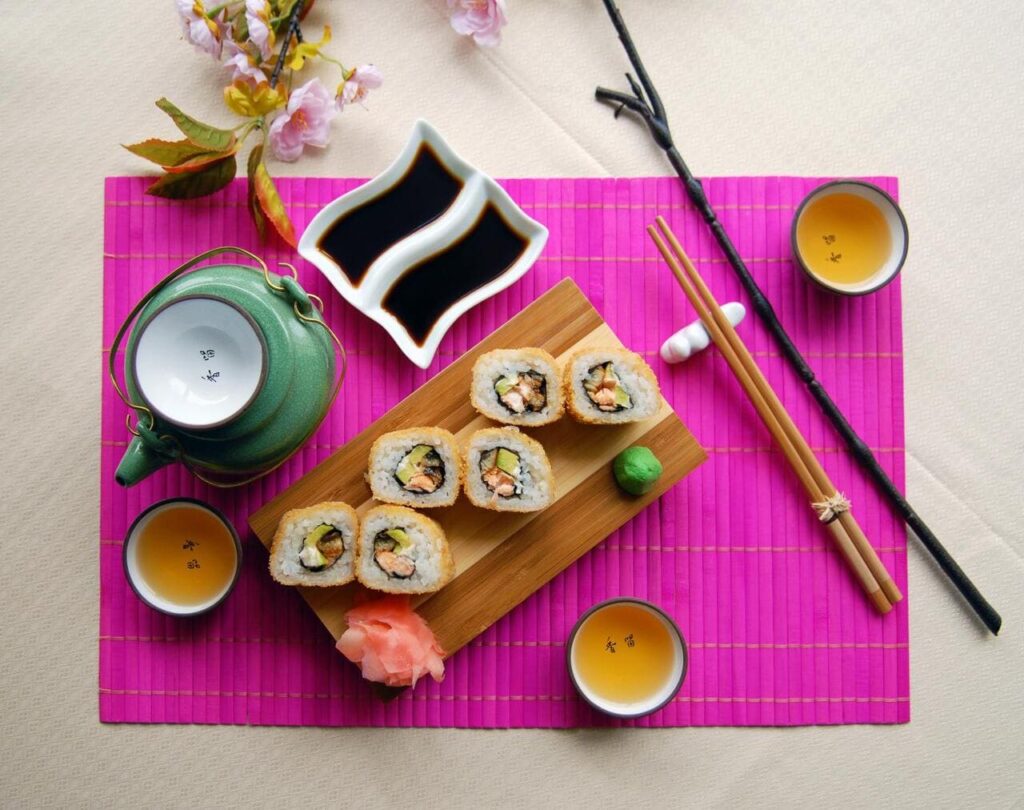
Sushi evolved into a global ambassador, embracing creative rolls and regional twists while retaining traditional forms. Sashimi remains closer to its roots, reflecting reverence for the sea and the chef’s blade work. Both are testaments to craft: sushi elevates balance and rice technique; sashimi elevates precision slicing and pristine sourcing. Together, they represent Japanese culinary discipline and restraint.
7. Nutrition and Health
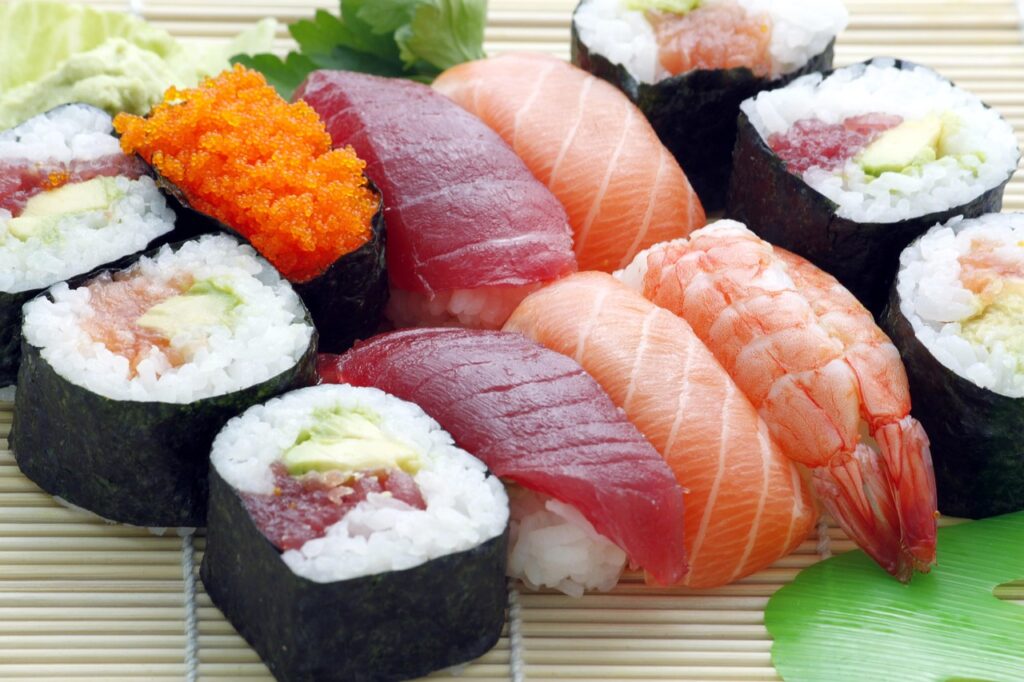
Sushi’s nutrition varies with fillings and sauces; seasoned rice adds carbohydrates, and mayo‑based or fried elements raise calories. Sashimi is carb‑free and protein‑dense, making it a leaner choice when watching carbs or calories. Both can deliver omega‑3s from fatty fish. Consider mercury guidance for large predatory species and raw‑seafood safety; choosing reputable establishments and fresh, high‑quality fish is key.







